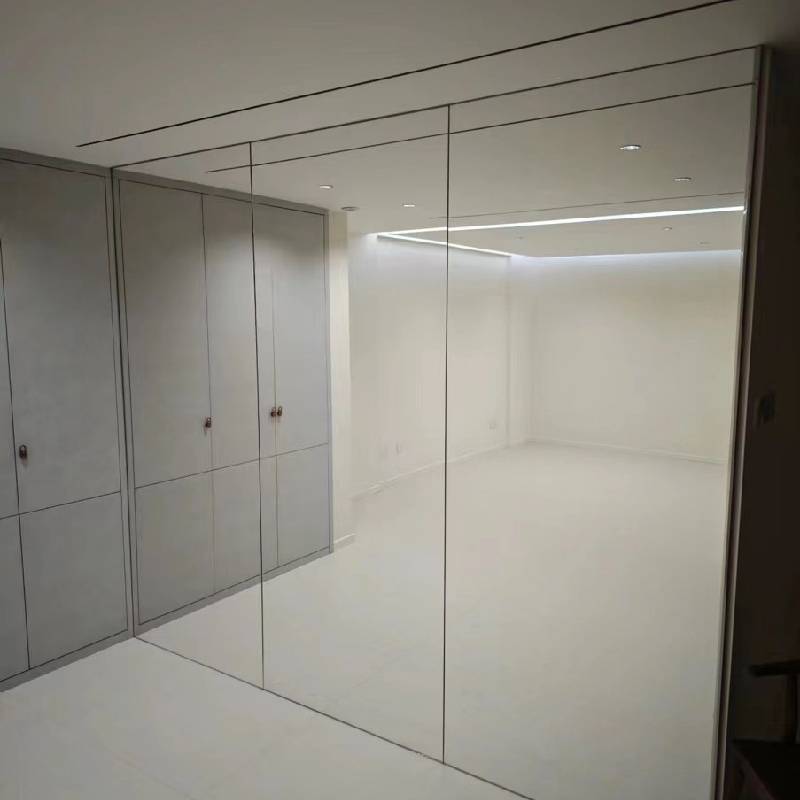

The Allure of Clear Reflective Glass
Clear reflective glass is an intriguing material that has become increasingly popular in modern architecture and design. Its unique properties and aesthetic appeal make it an ideal choice for various applications, ranging from residential buildings to commercial structures. This article explores the advantages of using clear reflective glass and its impact on contemporary design.
At its core, clear reflective glass is designed to maximize natural light while providing an element of privacy. The reflective coating on one side of the glass not only adds a sleek and polished look but also reflects light and heat, enhancing energy efficiency in buildings. This quality is particularly beneficial in urban environments where space is often at a premium, allowing for expansive windows that invite sunlight without compromising on comfort.
One of the most compelling features of clear reflective glass is its versatility. It can be integrated into various architectural styles, from ultra-modern high-rises to more traditional structures. This adaptability allows architects to push creative boundaries, blending the lines between indoors and outdoors. Large glass facades can create a seamless visual connection with the surrounding environment, offering breathtaking views while simultaneously contributing to the building’s aesthetic appeal.

In addition to its practical benefits, clear reflective glass also plays a significant role in enhancing a building's visual identity. The reflective surface creates intriguing plays of light and shadow throughout the day, transforming the structure as the sun moves across the sky. At night, when the interior lights shine through, the glass creates a stunning visual effect, making the building a focal point in the urban landscape.
Moreover, clear reflective glass aligns with sustainability goals. By improving natural lighting and reducing the need for artificial light, it can help lower energy consumption in buildings. Many manufacturers also produce energy-efficient glass that meets stringent environmental standards, further contributing to sustainable construction practices.
In conclusion, the appeal of clear reflective glass lies not only in its aesthetic charm but also in its functional benefits. As architects and designers continue to explore innovative ways to utilize this material, we can expect to see its influence in future constructions, making our urban environments more vibrant, efficient, and environmentally friendly. Whether in residential or commercial applications, clear reflective glass stands out as a symbol of modernity and sophistication.